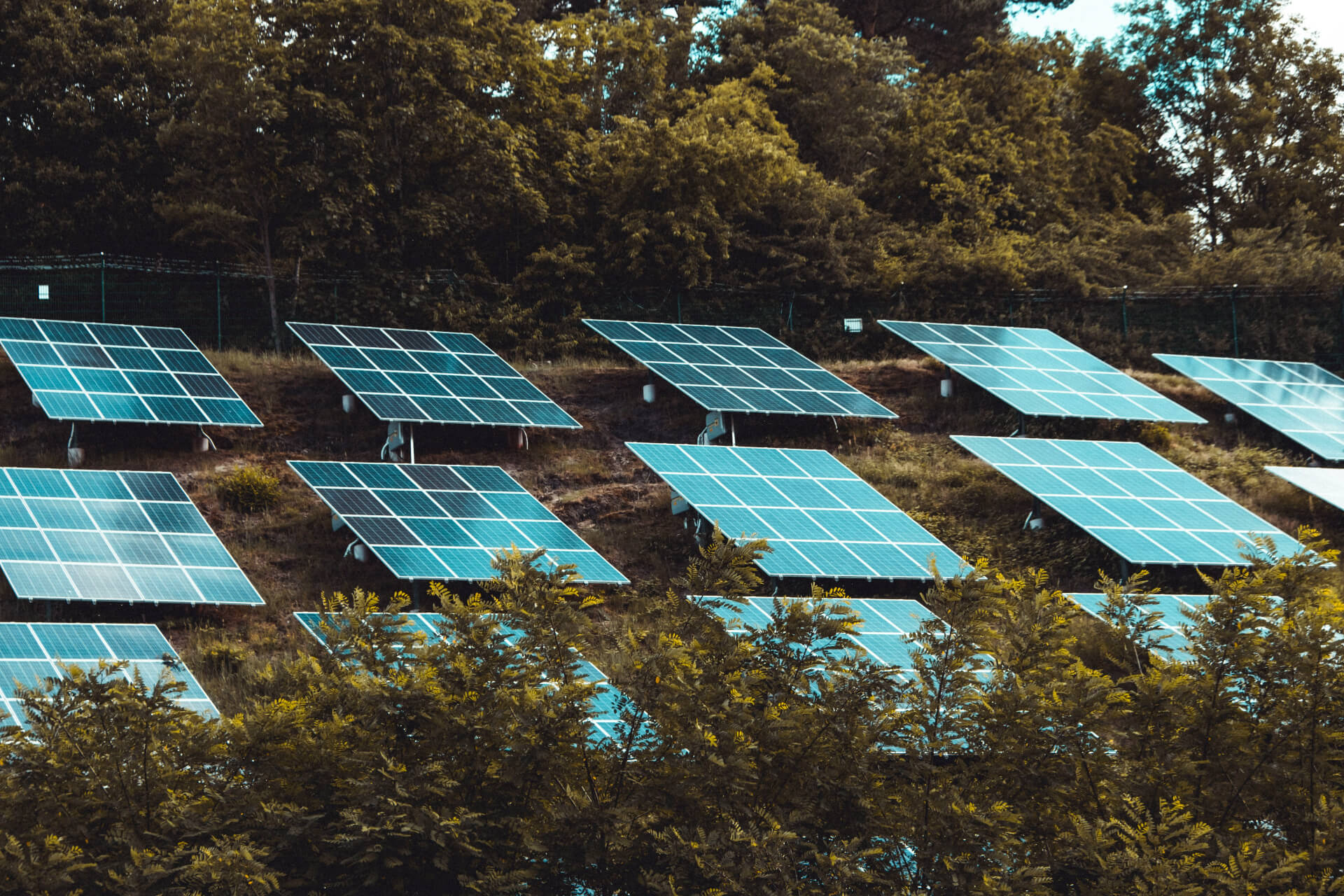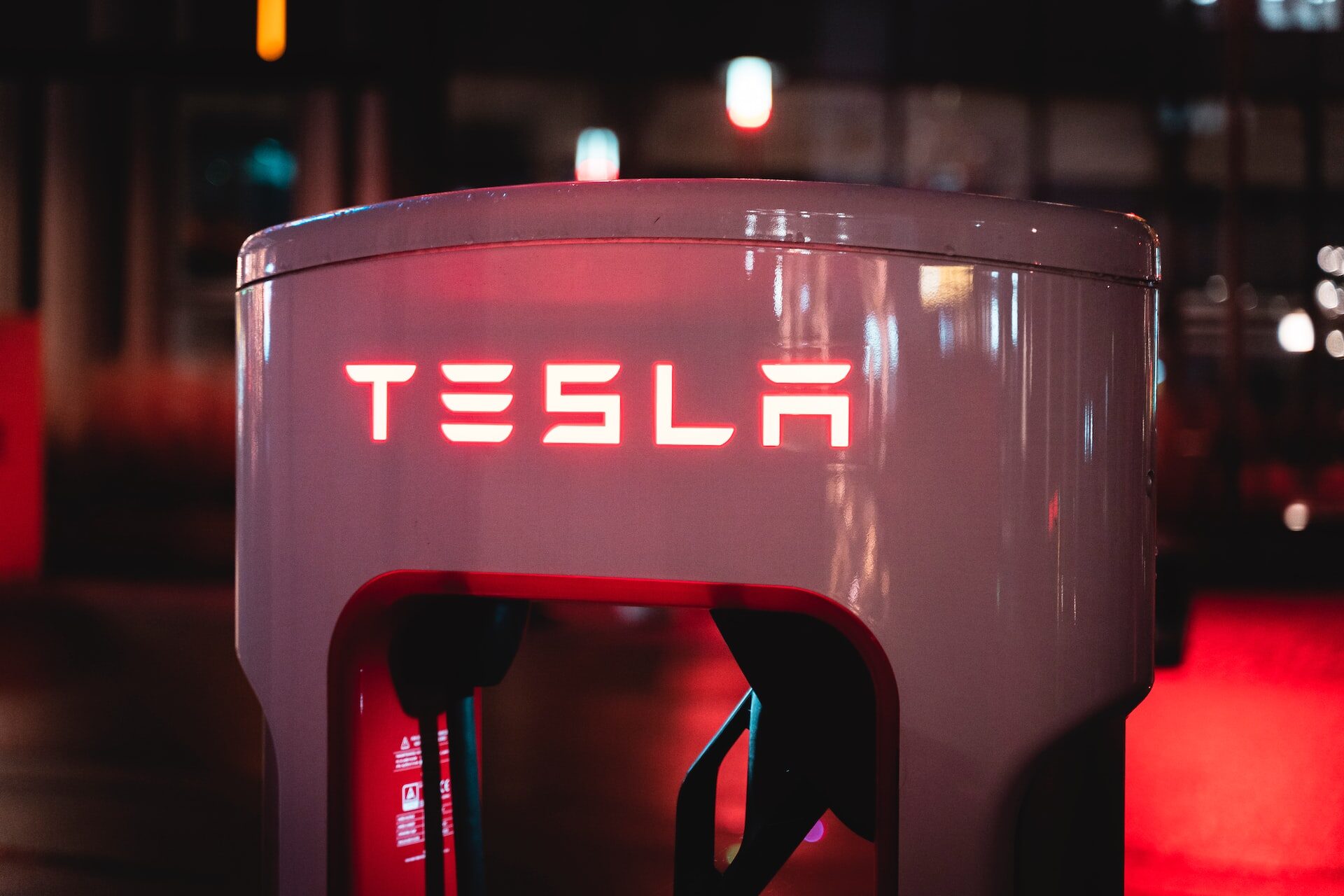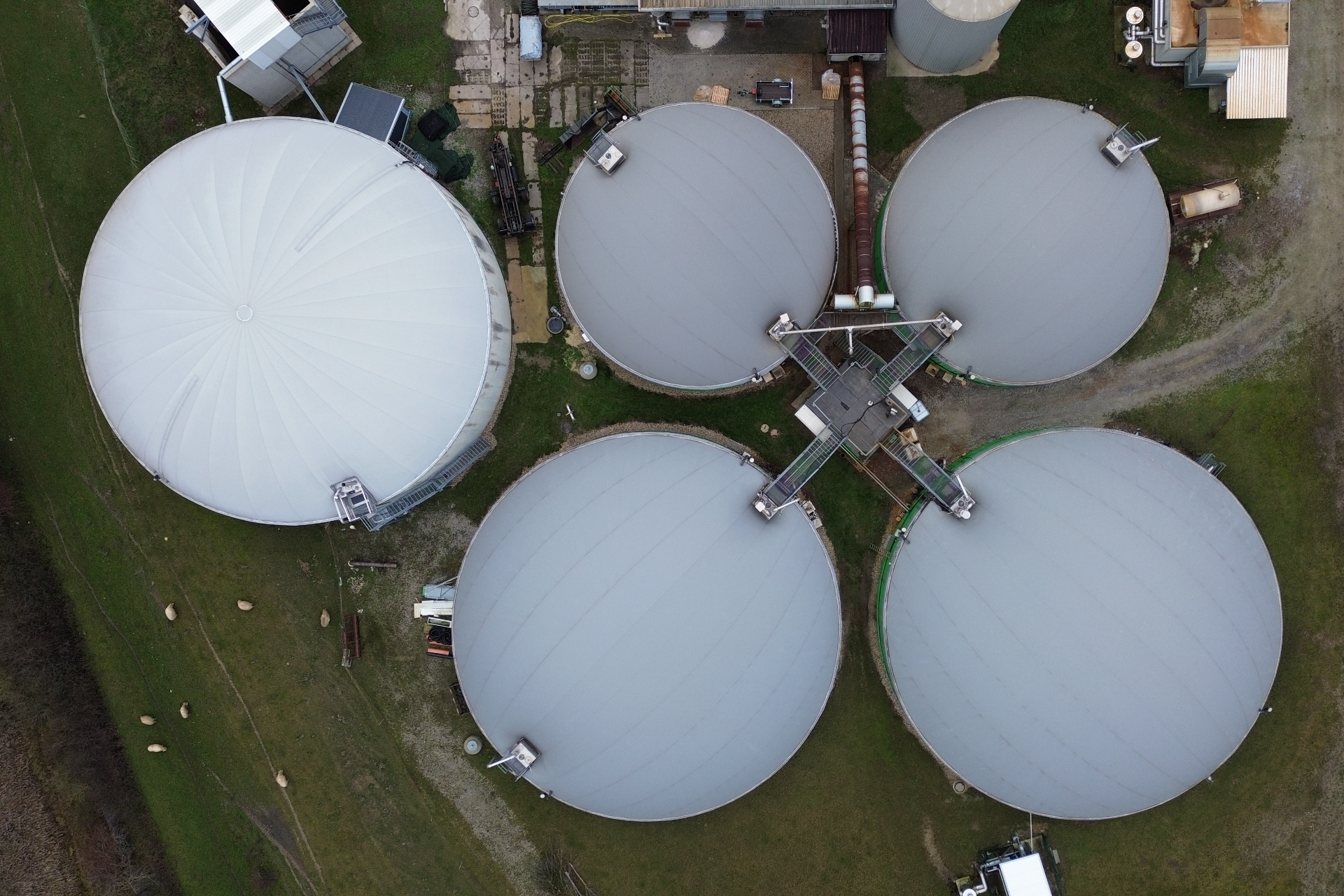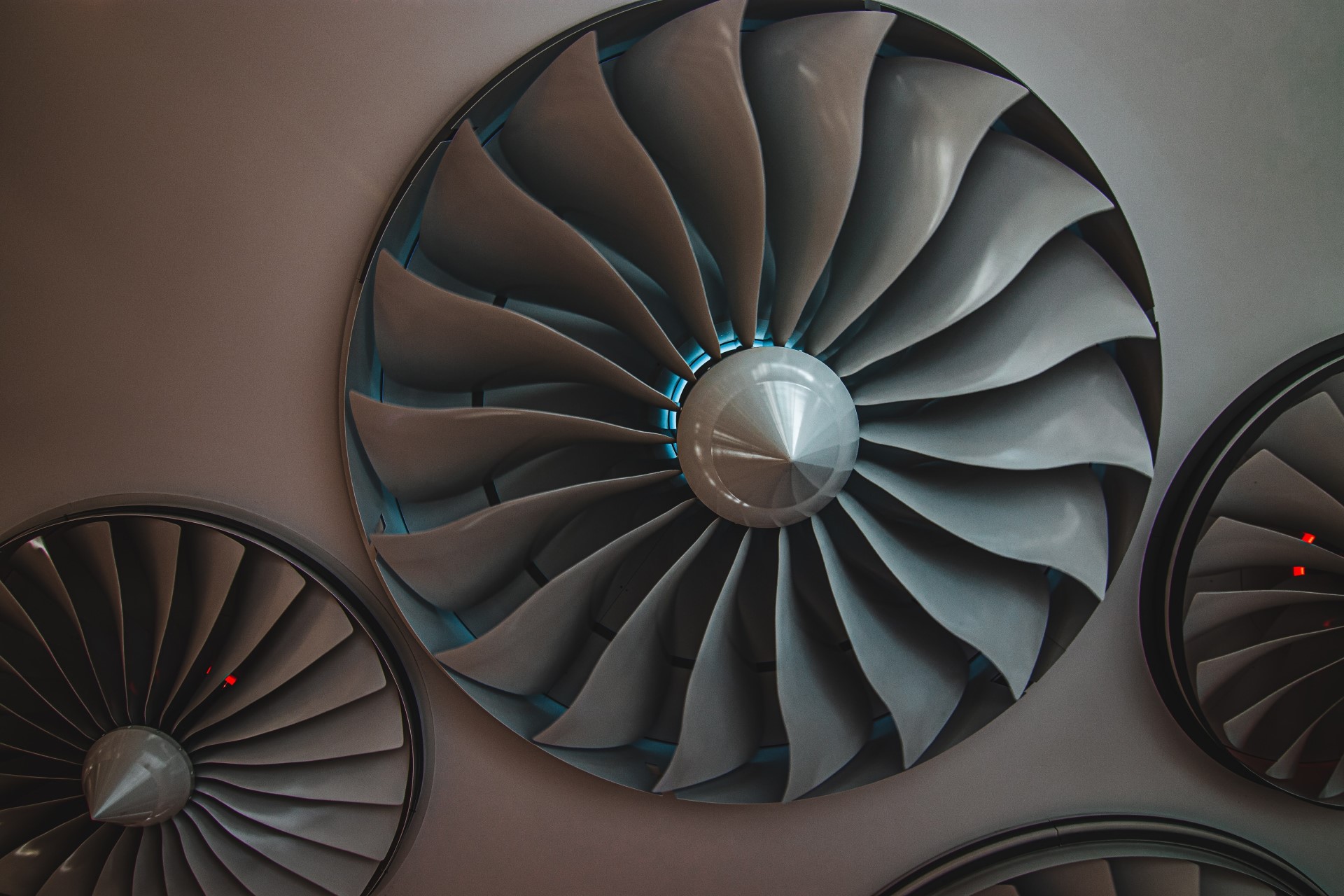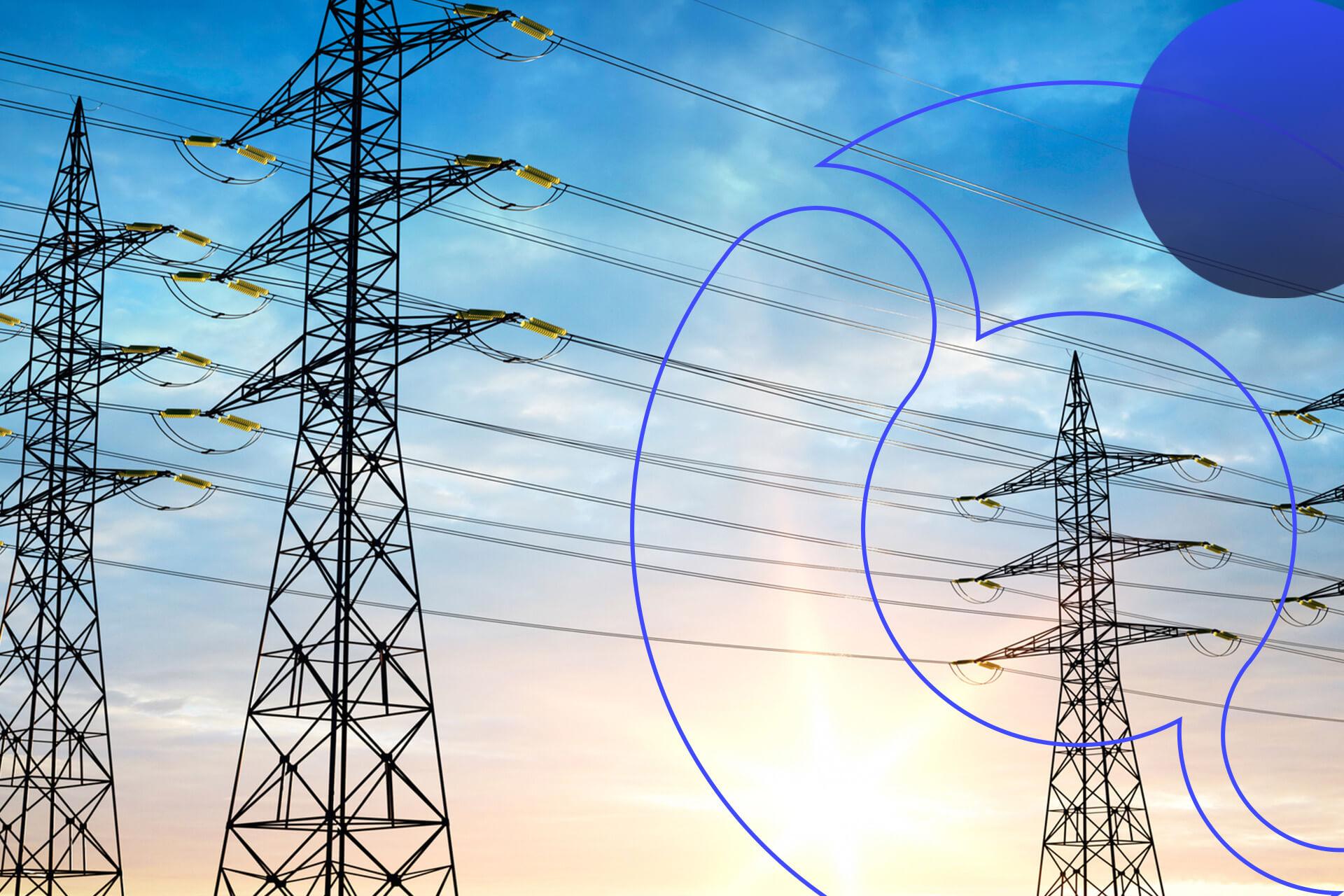
How Will AI Transform the Energy Industry?
May 1, 2018 - Emily Newton
Revolutionized is reader-supported. When you buy through links on our site, we may earn an affiliate commision. Learn more here.
Today’s energy industry is facing new challenges. It’s working to reduce greenhouse gas emissions, which is a challenge in a heavily fossil fuel-dependent world. Part of the solution is adding new renewable energy resources, but that creates challenges of its own. Energy companies must figure out how to integrate growing amounts of distributed energy, the power that comes from rooftop solar panels and similar setups.
The grid wasn’t built with these distributed energy sources in mind. The fact that many of the power plants we use today are aging also contributes to our need to modernize.
But there’s another resource that could help solve our energy-related problems — data. Today, we have the power to collect more data than we ever could before and analyze it using innovative new technologies. This data analysis can provide the energy industry with insights about how to improve our electricity system and helps us put those ideas into action.
The Smart Grid
Grid operators need to ensure that electricity supply equals demand. As more energy resources integrate into the grid, this task becomes more complicated. Getting more information about electricity supply and demand can help operators manage the grid more effectively, and that’s exactly what artificial intelligence provides.
Using technologies such as smart meters and sensors, operators can get real-time information about who’s using how much energy. AI will be the brain at the center of the future smart grid.
Improving Reliability
More accurate supply and demand data help electric companies ensure that the grid runs reliably. In addition to the benefits it provides for improved operation, energy companies are now using smart sensors to detect blackouts.
Smart meters placed at homes and businesses alert companies in real time about outages. The smart grid can also automatically redirect electricity distribution when it detects a problem to help prevent blackouts from spreading.
AI can also predict when equipment failure may occur by comparing expected operation to actual operation. This could help energy companies avoid outages altogether. AI will help move maintenance from reactive to predictive.
Increasingly, microgrids are helping to ensure that critical services, such as hospitals, don’t lose power even when other parts of the broader grid do. They do this portioning that area from the damaged grid, creating a series of smaller networks.
Reducing Emissions
AI helps grid operators better manage electricity supply and incorporate more distributed and variable renewable resources. Historically, the variability of renewables like wind and solar has presented challenges because they don’t generate the same amounts of electricity at all times.
AI can make it much easier to reduce energy generation from fossil fuel plants when renewable production is high because of enhanced information on supply and demand. It could even do so automatically. This also works the opposite way. If it’s a cloudy day and solar panels aren’t producing much electricity, operators can increase fossil fuel output.
Battery technology, though, is also reducing the variability of renewables by storing some of the power that solar panels or wind turbines produce. AI can then help operators send this electricity to where it’s needed.
Improving Efficiency
AI has the potential to reduce the greenhouse emissions caused by electricity generation both by increasing the efficiency of the grid and enabling the use of more renewables.
Energy companies and consumers alike can use AI to reduce their energy use. Smart appliances and devices can learn from their users’ habits to optimize their functioning. The Nest thermostat, for example, gathers data on how you use it and automatically adjust itself. When you leave for work in the morning, for instance, it will turn down. While you’re on your way, it will turn up.
That means you use less energy, create fewer emissions and save money on utility bills. According to Nest’s website, its thermostats save users on average between 10 and 12 percent on heating and 15 percent on cooling.
On a broader scale, if smart appliances have access to supply and demand data, they can reduce usage during peak times, when electricity is more expensive. Then they can increase it during low-demand times, such as at night, when energy is cheapest. This works best for always-on appliances such as refrigerators. This idea can also apply to large energy users like industrial facilities.
Artificial intelligence is already changing the energy industry, as it is so many other sectors. It’s just the beginning though. As new technologies emerge and new uses for AI gain popularity, more energy companies will adopt the technology. Undoubtedly, artificial intelligence will continue to transform the way we power our world.
Revolutionized is reader-supported. When you buy through links on our site, we may earn an affiliate commision. Learn more here.
Author
Emily Newton
Emily Newton is a technology and industrial journalist and the Editor in Chief of Revolutionized. She manages the sites publishing schedule, SEO optimization and content strategy. Emily enjoys writing and researching articles about how technology is changing every industry. When she isn't working, Emily enjoys playing video games or curling up with a good book.
